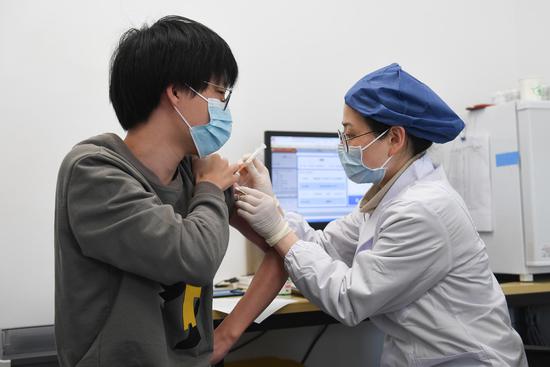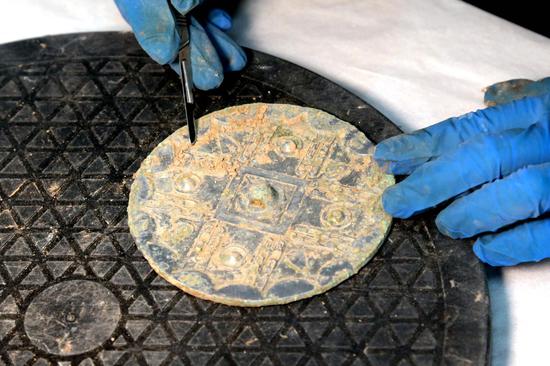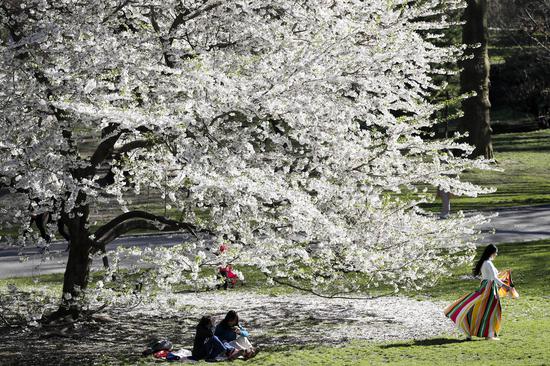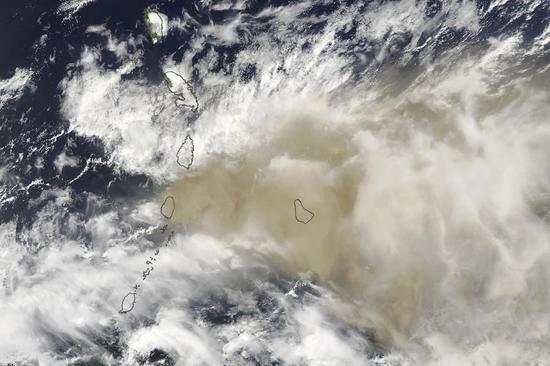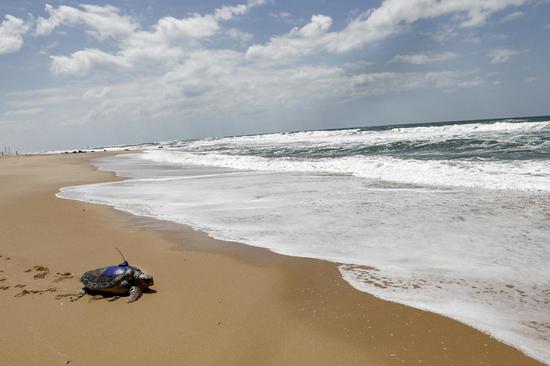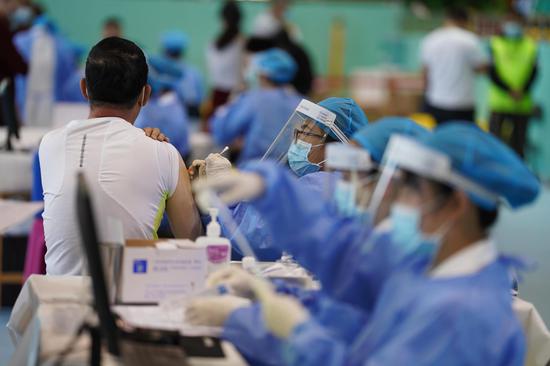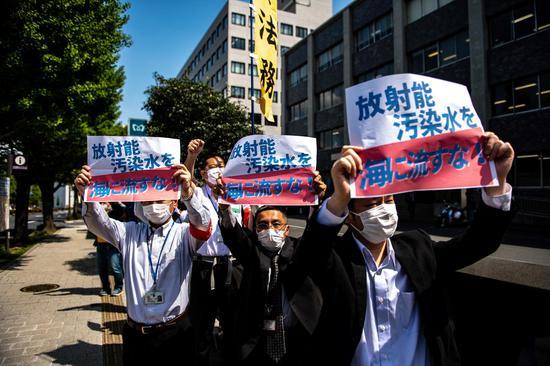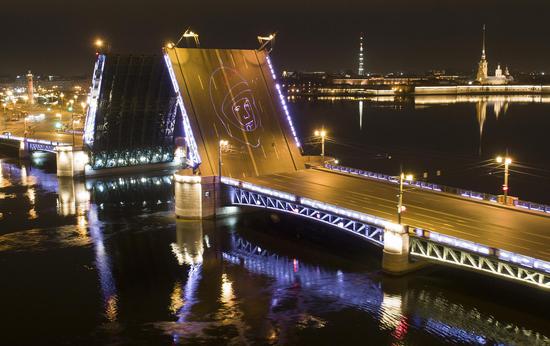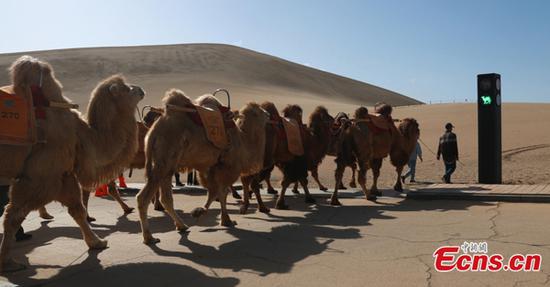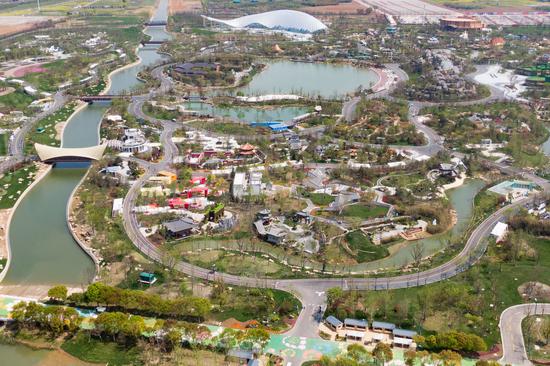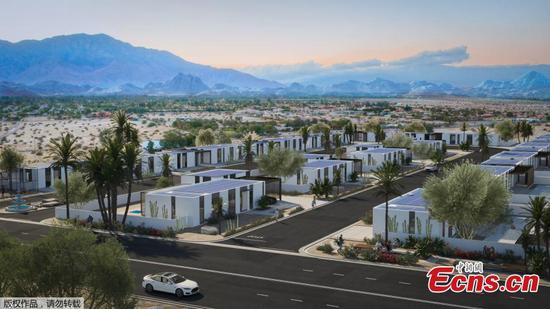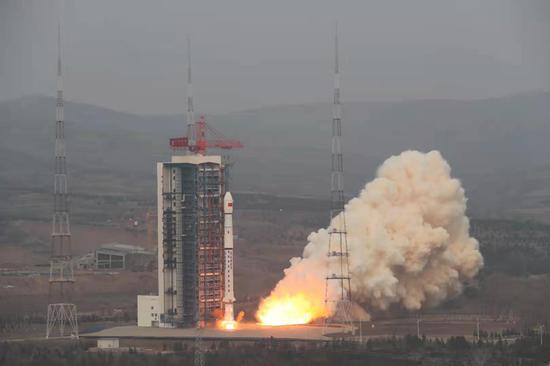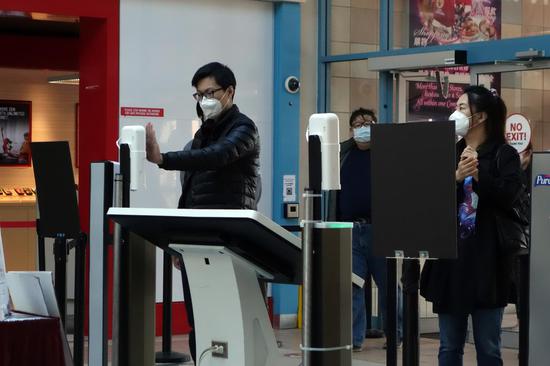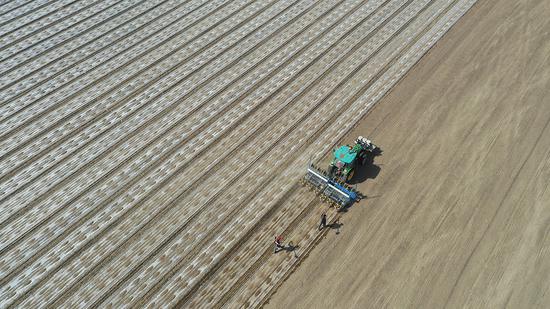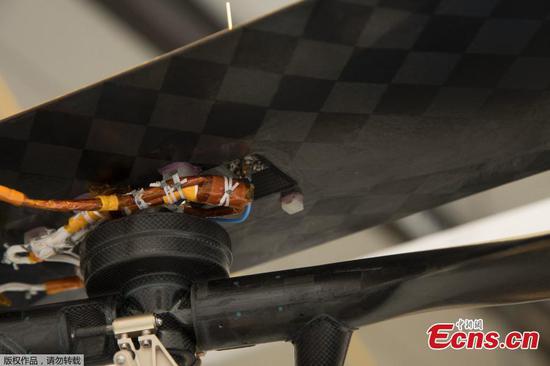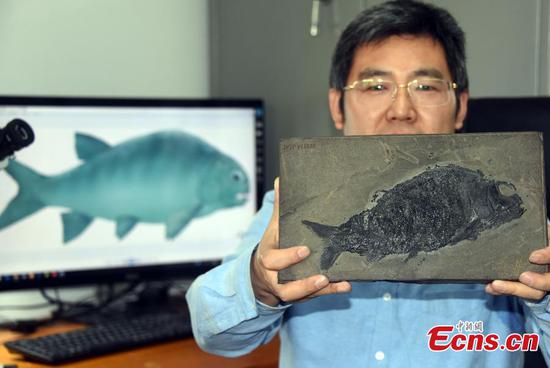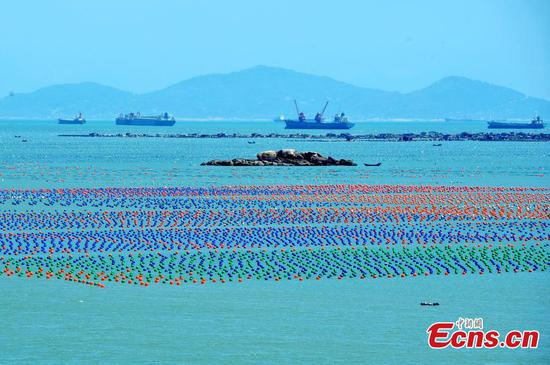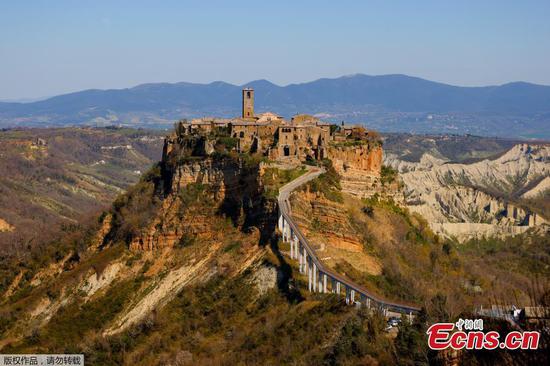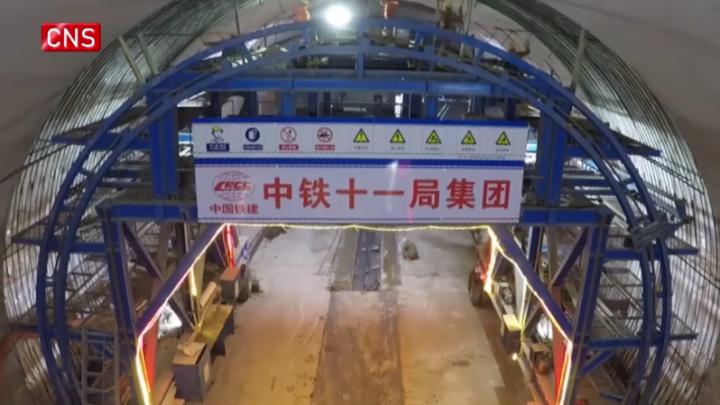The rich ecological and biodiversity charms unveiled by the 612.8-kilometer G98 ring expressway on tropical Hainan Island are a feast for the eyes of first-time travelers.
The trees include elegant coconuts, gracefully erect arecas, giant palms and lush kapoks, and then there's the orchards of pitaya, mango and litchi, fields of pineapples, bananas and hybrid rice and natural reserves with plants and wildlife unknown to most people.
Construction of the ring expressway began in 1989 and was completed in 1999, with total spending of 7.56 billion yuan ($1.16 billion) by the central and local governments.
On Dec 31 last year, the opening of a section of expressway connected the last remaining unconnected county to the island's expressway network. It runs from the inland Baoting Li autonomous county to Haitangwan in Sanya, on the island's south coast.
The island now has 1,255 km of expressways, while its highway network grew from 12,800 km in 1988 to 40,000 km last year. A total of 11,642 km of country roads now reach virtually all the island province's 20,270 villages, according to data from the provincial transportation authorities.
Li Pingzhang, now in his 90s, was one of the 100,000 builders of the Haiyu National Highway through central Hainan that was completed in the early 1950s. He's been impressed by the improvements in the island's transportation infrastructure in the decades since.
"It took me three days for a roundtrip from Haikou to Wuzhishan, a length of about 200 km," said Li, who drove a truck ferrying daily necessities from Haikou, now the province's capital, to road-building crews in Wuzhishan in central Hainan. Expressways have since cut the round-trip time between the two places to just four hours.
Local officials said construction of expressways, highways and country roads has boosted island tourism and local economic prosperity, and also improved people's outlook on life, making them more open minded and eager to take advantage of easier access to the outside world.
Fu Yanmei, a member of the Li ethnic group, the earliest inhabitants of the island, said she remembers the roads in Bohou village, her hometown, being smelly and muddy on rainy days, and the shabby living conditions that prompted young people to flee to the cities.
President Xi Jinping visited Bohou on April 9, 2013, and made a remark that later became a catchphrase: "Whether being comparatively well-off is realized or not, only ordinary folks can tell."
Bohou, in northeastern Sanya, now has good paved roads and is connected to the G98 expressway and city highways and has become a popular tourist destination thanks to its homestays and Li culture demonstrations-showcasing the ethnic group's brocades, pottery, dancing and food.
"From raising pigs to feeding travelers, the annual per capita income of Bohou's 3,680 villagers has increased from 5,200 yuan in 2012 to 26,800 yuan in 2020," said Li Renda, an associate professor of law at the Hainan Provincial Party School who has been stationed in Bohou to aid the village's development. "Brand hospitality services and convenient transportation networks are bringing in more tourists and young talent."
The island's improved transportation network is key to construction of the Hainan Free Trade Port, said Deng Xiaogang, head of the provincial transportation department, with high-speed connections providing strong support to the rapid development of business at its 11 key industrial parks, including the Wenchang Space Launch Center, the Boao International Medical Tourism Pilot Zone, and the Hainan Resort Software Community.
"The G98 expressway is just a five-minute drive away. The convenient transportation network saves us a lot of time and has enhanced the living and working experience for our workers," said Yang Chunzhi, general manager of Hainan Resort Software Community Group.
Now hosting 8,638 registered companies, the garden-style industrial park has been focusing on digital technology, especially blockchain technology, Yang said, adding that annual earnings of the digital economy at the park are expected to reach 400 billion yuan by 2025 and 1 trillion yuan by 2035.
Local officials said about 98 billion yuan was invested in highway and waterway transportation infrastructure during the 13th Five-Year Plan period (2016-20), double the amount during the previous five-year plan.
They said further transportation infrastructure upgrading will realize zero-distance passenger transfer and seamless connection of freight transportation between urban rail transit, public transportation, and the island's railway, highway, waterway and aviation networks.









